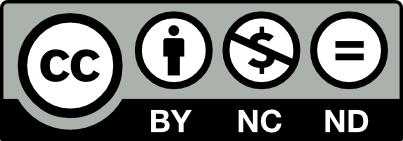This page is licensed under Creative Commons under Attribution 4.0 International. Anyone can share content from this page, with attribution and link to College MatchPoint requested.
How the Digital SAT Supports Students with Learning Differences
The digital SAT's new features and accommodations represent a significant step forward in making standardized testing more inclusive and supportive for students with learning differences. Extended time, built-in accommodations, the Desmos calculator, and shorter test sections all contribute to a more accessible testing experience. These changes ensure that all students have the opportunity to showcase their knowledge and skills in a fair and supportive environment. As students and parents navigate the new digital SAT, understanding these supportive features can help them prepare effectively and confidently. With the right preparation and resources, students with learning differences can excel and achieve their best possible outcomes on the digital SAT.

The introduction last year of the digital SAT marked a significant shift in standardized testing, offering new opportunities and features designed to support students with learning differences. These changes are intended to make the test more accessible and manageable, ensuring that all students have a fair chance to demonstrate their abilities. Here, we explore four key insights into how the digital SAT supports students with learning differences.
Extended Time and Flexible Breaks
One of the most significant benefits of the digital SAT for students with learning differences is the provision of extended time and flexible breaks. Many students with learning differences, such as ADHD or dyslexia, require more time to process information and complete tasks. The digital SAT accommodates these needs by offering options for extended time, ensuring that students are not rushed and can perform to the best of their abilities. Additionally, flexible break options allow students to take breaks when needed, helping them manage their focus and energy levels throughout the test.
Built-in Accommodations
The digital SAT includes several built-in accommodations that can greatly benefit students with learning differences. For example, the test features a screen reader for students who need text-to-speech functionality, allowing them to listen to questions and passages. This can be particularly helpful for students with dyslexia or other reading difficulties. The digital format also allows for adjustable font sizes and colors, making it easier for students to customize the test interface to meet their specific needs. These built-in tools help create a more inclusive testing environment.
The Desmos Calculator
The inclusion of the Desmos calculator in the digital SAT is a game-changer for many students with learning differences, especially those with dyscalculia or other math-related challenges. The Desmos calculator is a powerful tool that can assist students in solving complex math problems more efficiently. It is user-friendly and offers various functions that traditional calculators do not, such as graphing capabilities. By providing access to this advanced calculator, the digital SAT helps level the playing field for students who may struggle with traditional math instruction.
Shorter and More Manageable Sections
The digital SAT has been restructured to include shorter and more manageable sections, which can be beneficial for students with attention difficulties. Long, uninterrupted sections can be particularly challenging for students with ADHD or similar conditions. The digital SAT breaks the test into smaller sections with more frequent breaks, reducing the cognitive load and helping students maintain their focus. This structure makes the test less daunting and more approachable for students who need to manage their attention span carefully.


